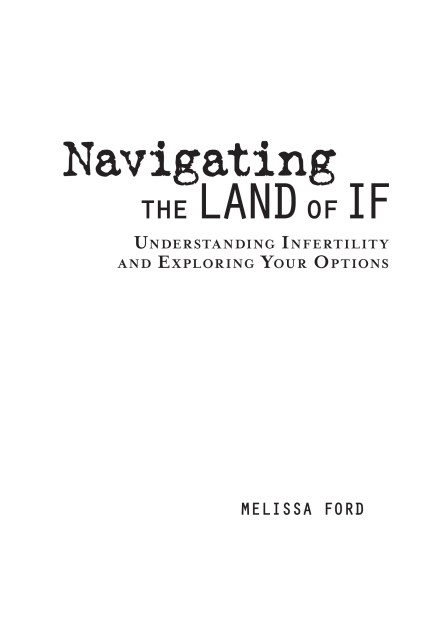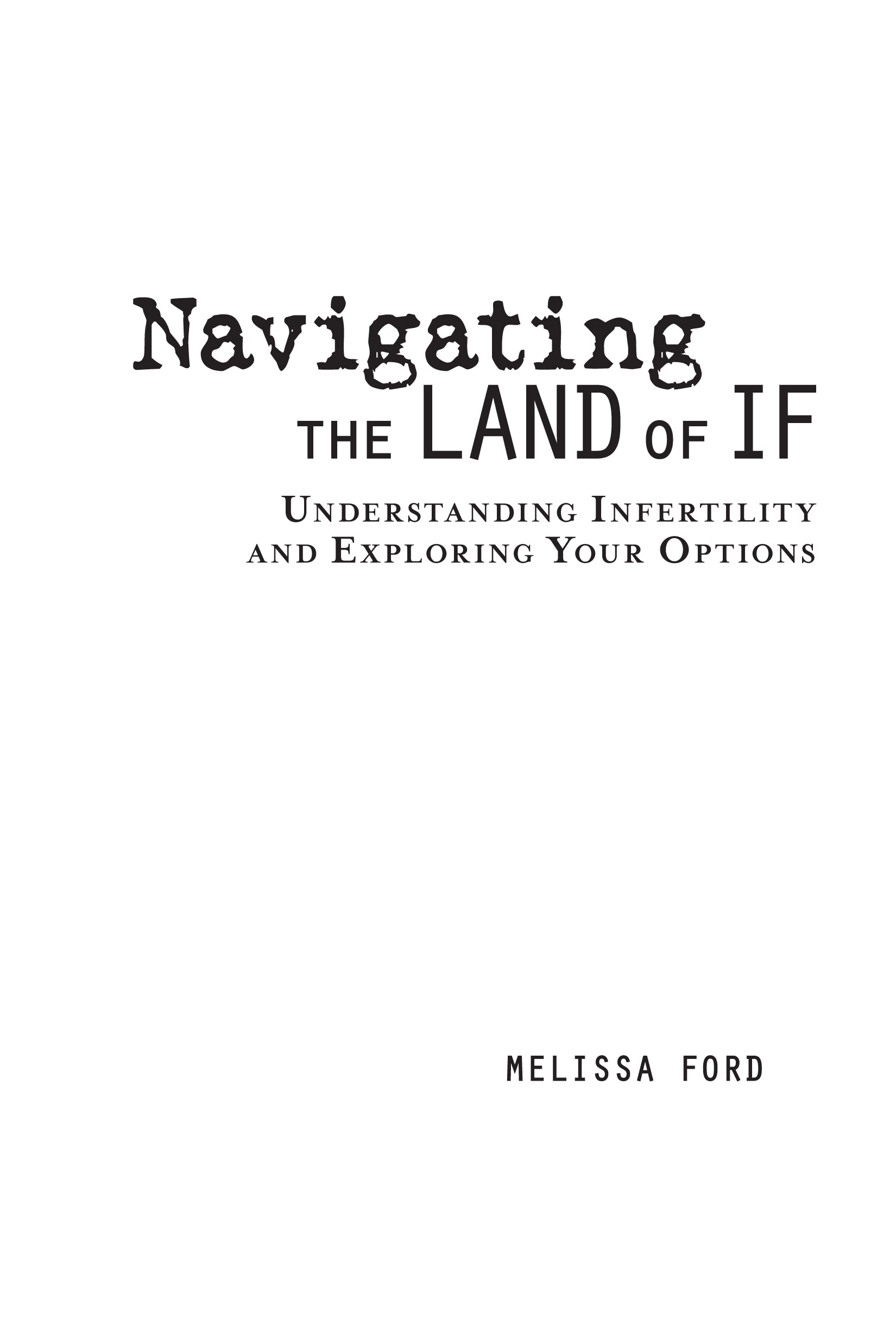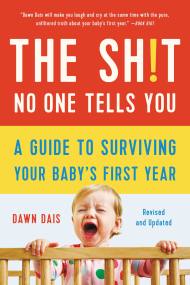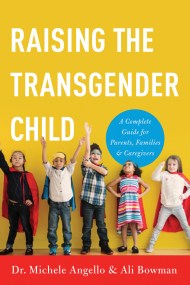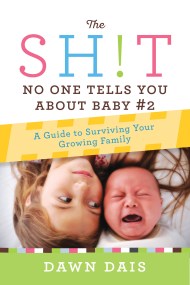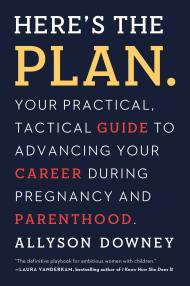Promotion
Use code BEST25 for 25% off storewide. Make sure to order by 11:59am, 12/12 for holiday delivery!
By clicking “Accept,” you agree to the use of cookies and similar technologies on your device as set forth in our Cookie Policy and our Privacy Policy. Please note that certain cookies are essential for this website to function properly and do not require user consent to be deployed.
Navigating the Land of If
Understanding Infertility and Exploring Your Options
Contributors
By Melissa Ford
Formats and Prices
- On Sale
- May 5, 2009
- Page Count
- 336 pages
- Publisher
- Seal Press
- ISBN-13
- 9780786744824
Price
$11.99Price
$15.99 CADFormat
Format:
- ebook $11.99 $15.99 CAD
- Trade Paperback $21.99 $28.99 CAD
This item is a preorder. Your payment method will be charged immediately, and the product is expected to ship on or around May 5, 2009. This date is subject to change due to shipping delays beyond our control.
Buy from Other Retailers:
Author of the extremely successful blog Stirrup Queens and Sperm Palace Jesters, Melissa Ford presents readers with a guide for navigating the complex world of infertility. The Land of If got its name not only because "IF” is the abbreviation for "infertility” in the online world, but also because there are so many "ifs” inherent in being here.
No stranger to the Land of If herself, Ford shares her hard-earned knowledge and insights, helping couples struggling with infertility understand the lingo, learn the details doctors tend to leave out, and keep their emotional sanity despite seemingly insurmountable obstacles. Navigating the Land of If gives the nitty-gritty on injections, rejections, biting your tongue during happy parent-to-be conversations, and trying not to cry over baby shower invitations.
With chapters that include how-to’s for same-sex couples, and present adoption or remaining child-free as plausible alternatives, Ford tells you exactly what you need to know, from one infertile to another.
Newsletter Signup
By clicking ‘Sign Up,’ I acknowledge that I have read and agree to Hachette Book Group’s Privacy Policy and Terms of Use
